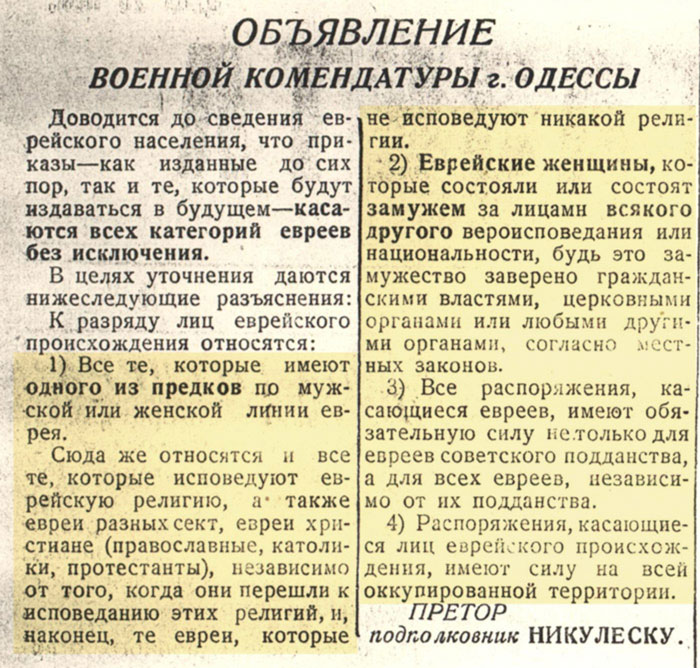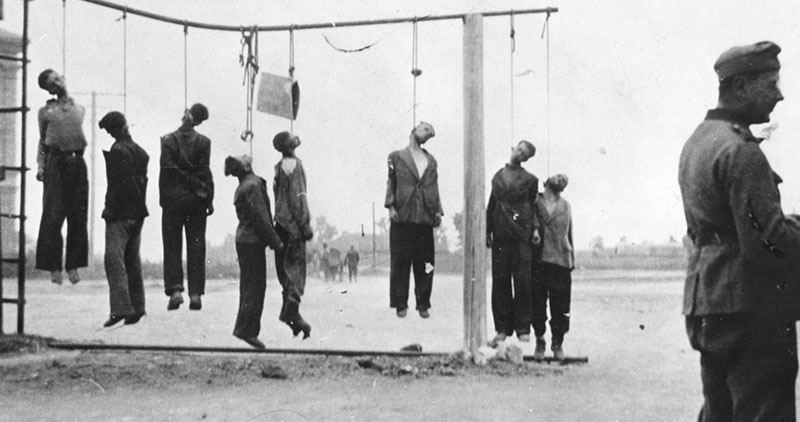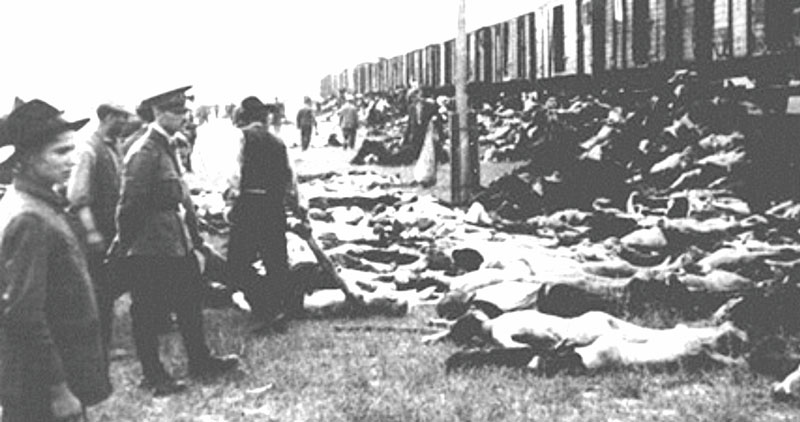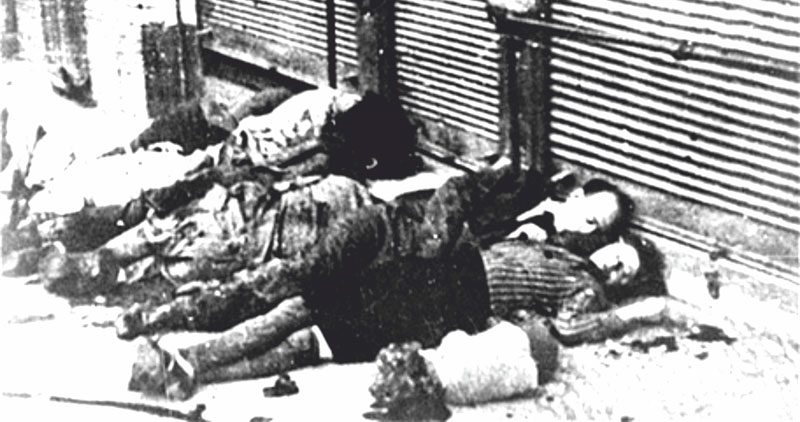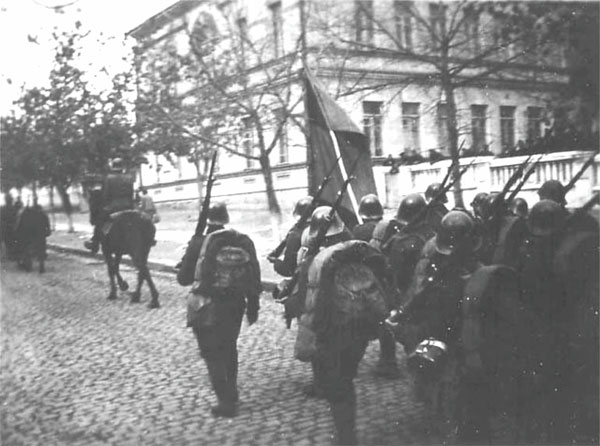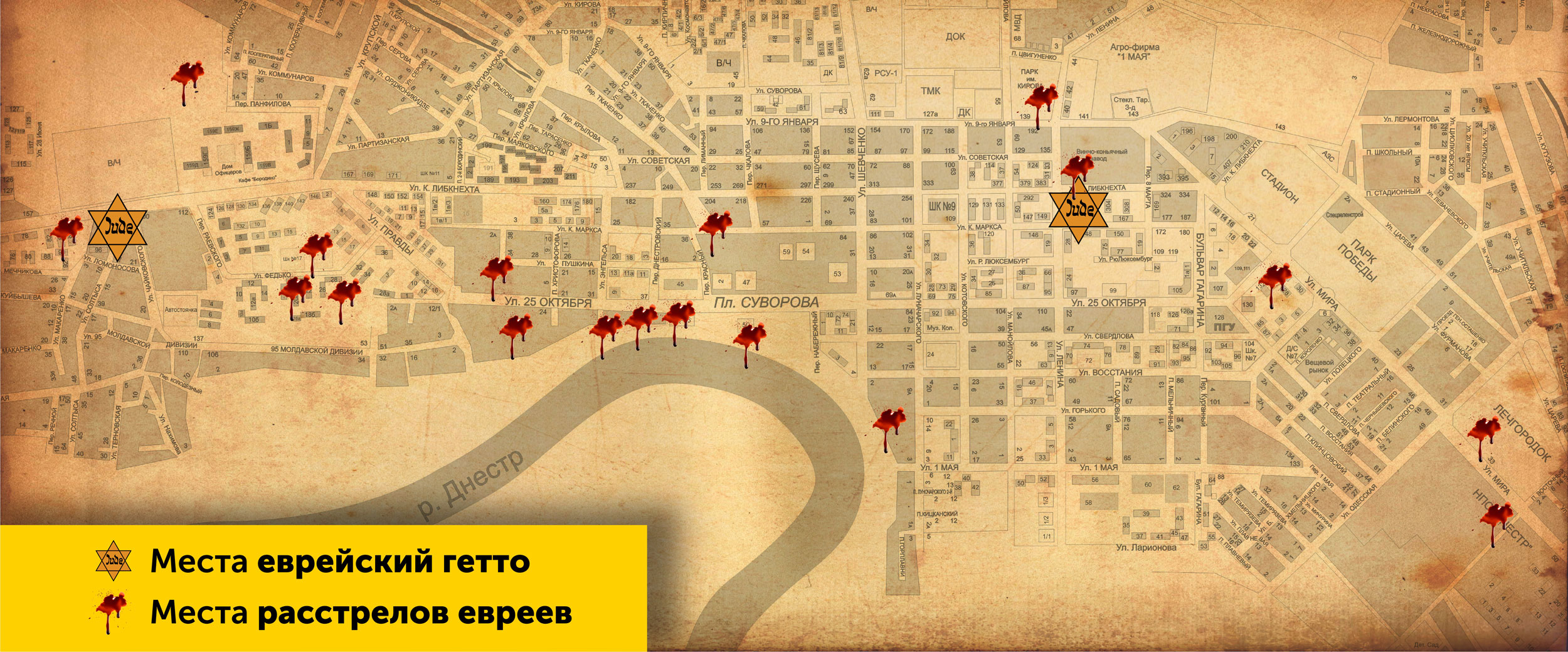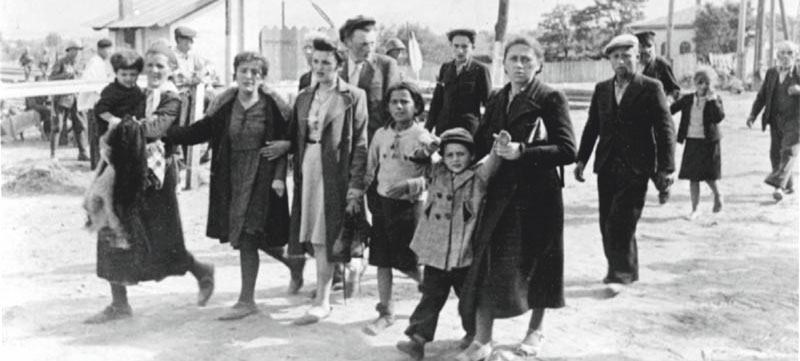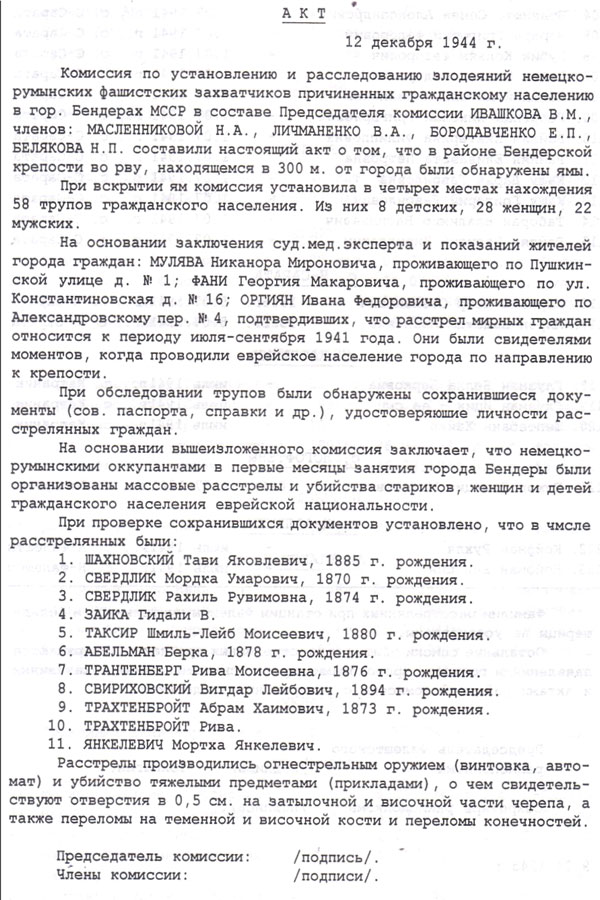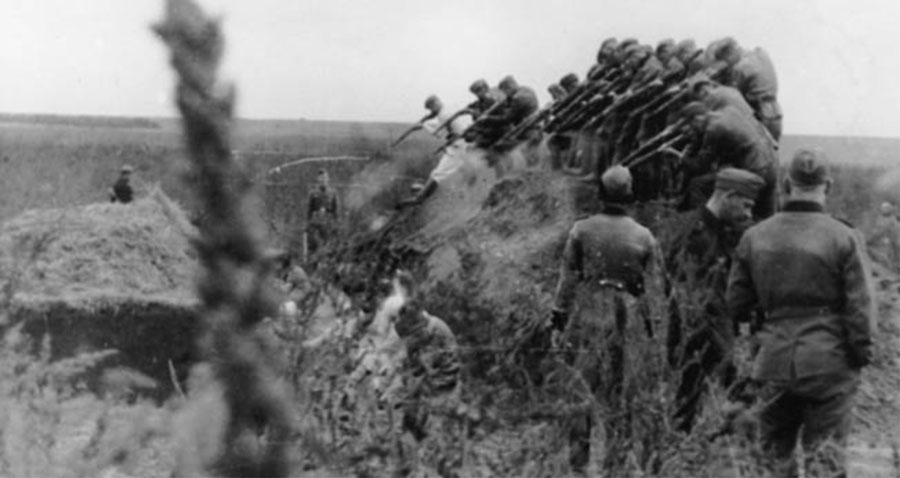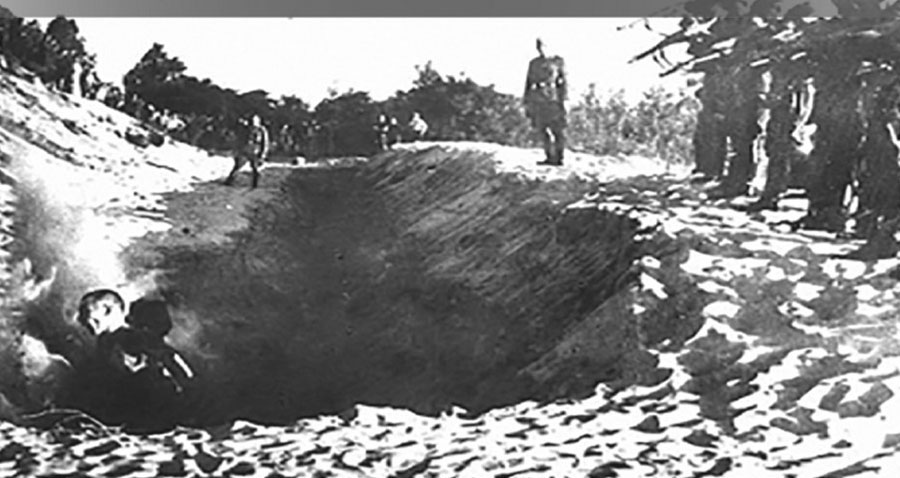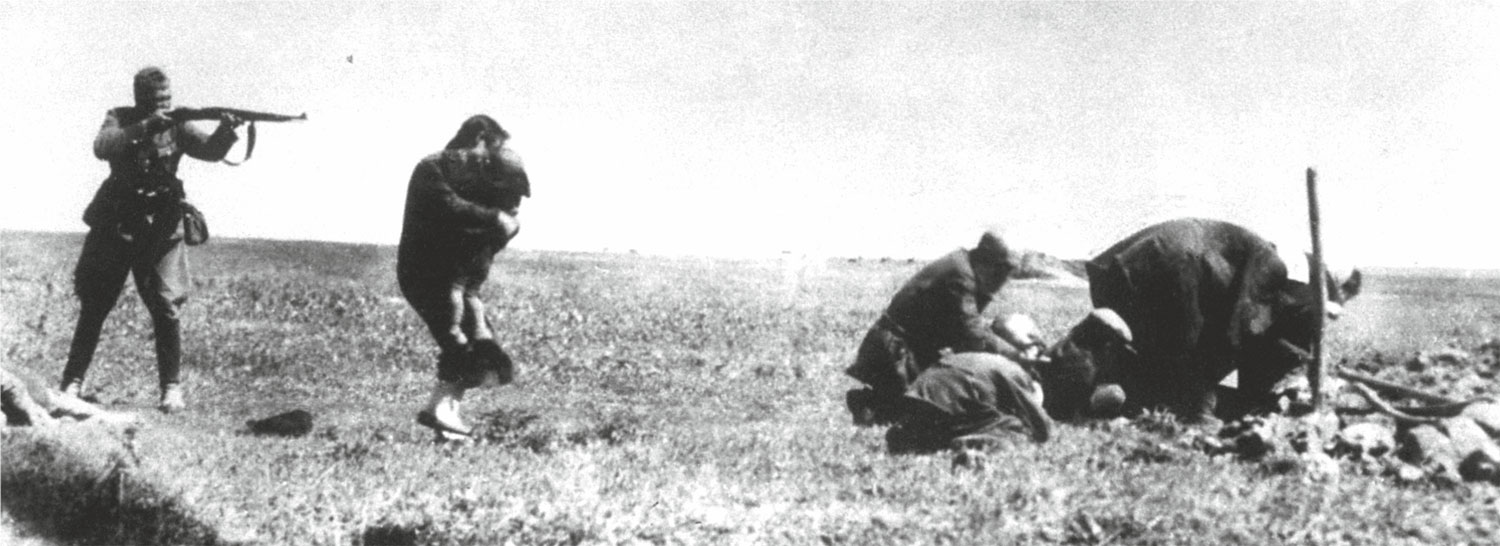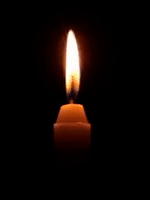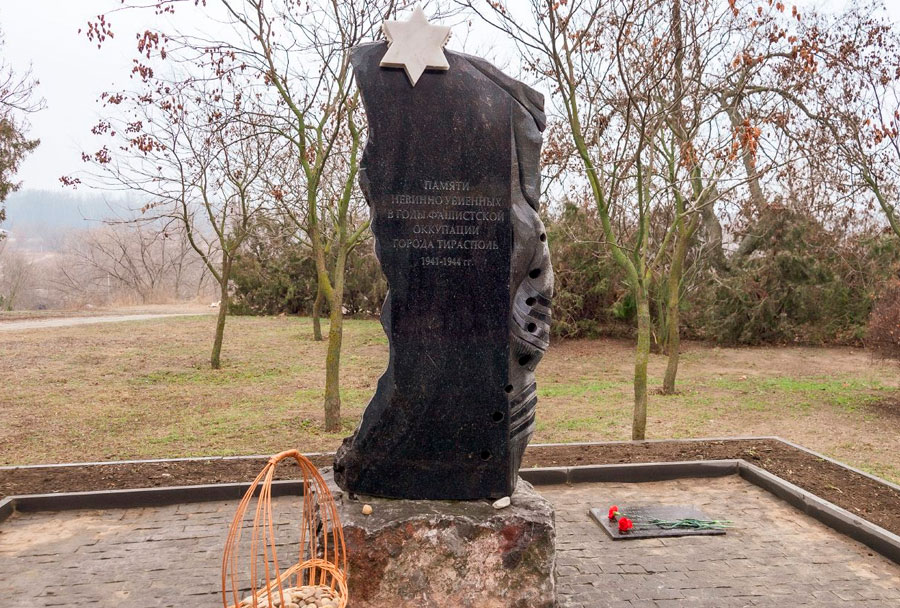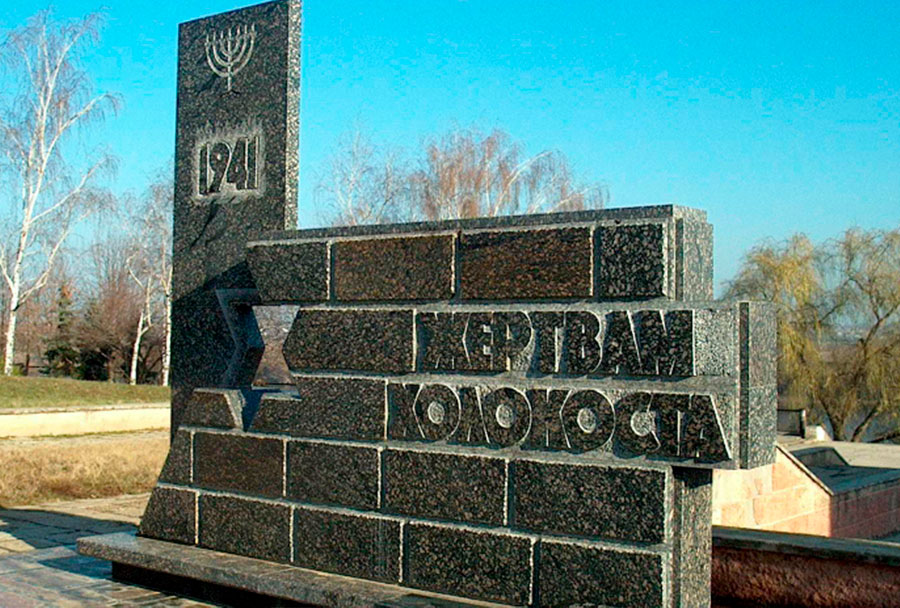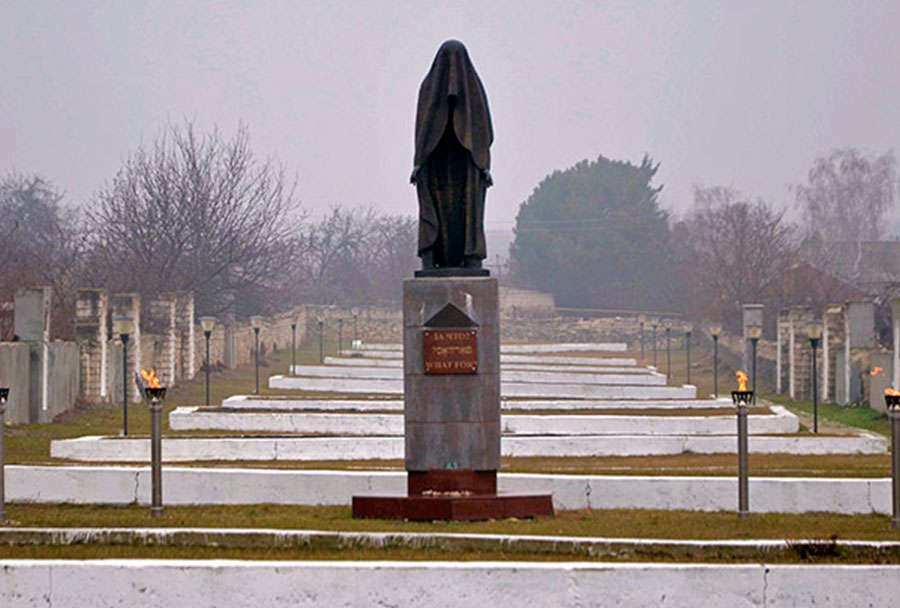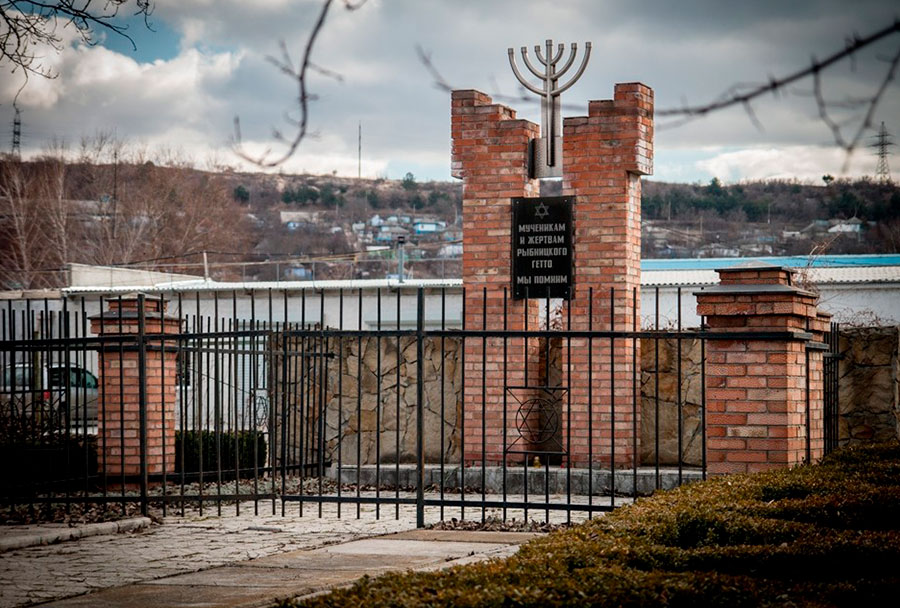ХОЛОКОСТ
30 января 1933 г. Адольф Гитлер занял пост рейхсканцлера Германии.
После этого маховик репрессии коснулся не только политических противников национал-социалистов (нацистов) – коммунистов. Целая нация была объявлена врагом высшей расы, подлежащим уничтожению. Речь идет об одной из страшнейших трагедий XX в. — геноциде еврейского народа.
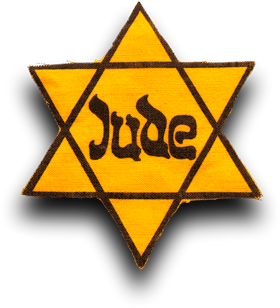
По данным Нюрнбергского трибунала, в Европе жертвами геноцида стали около 6 миллионов человек. Евреев массово в принудительном порядке помещали в концлагеря и гетто. Этих страшных мест по всей Европе было открыто несколько тысяч. Они создавались в городах на оккупированных территориях специально для того, чтобы собирать в одном месте иудеев. Так их было проще уничтожать, ведь, согласно расовым концепциям нацистов, все евреи должны были быть стерты с лица земли.
В современной литературе и публицистике эта политика нацистской Германии получила название Холокост (Holocaust) — от древнегреческого holocaustosis, означающего «всесожжение», «уничтожение огнем», «жертвоприношение».
Holocaust – это катастрофа не только еврейского народа. Это трагедия общечеловеческая, память о которой сохранится в веках.
Забыть
- значит создать условия для повторного запуска конвейера смерти
ТРАНСНИСТРИЯ
Во время Второй Мировой войны на землях междуречья Днестра и Южного Буга, оккупированных румынскими войсками, было создано генерал-губернаторство «Транснистрия».
More than a dozen concentration camps and ghettos were created on Transnistrian soil. One of the first tasks of the occupation authorities was "final solution" Jewish question.
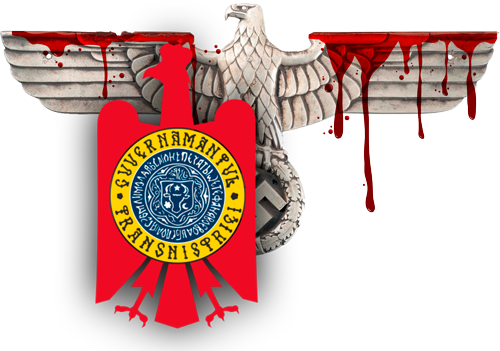
Диктатор Антонеску не любил упоминать в речи слово «уничтожение», вместо этого он утверждал, что чуждый элемент будет «изгнан» из «возвращенных» Румынией Бессарабии и Буковины. Депортировать евреев было решено в Транснистрию. Этот регион был выбран не случайно. Дело в том, что оккупированная Транснистрия, в отличие от Бессарабии и Буковины, не вошла официально в состав Румынского королевства. Антонеску получил от руководства Вермахта лишь мандат на «администрирование и экономическую эксплуатацию». Руководство фашисткой Германии подчеркивало, что передача носит лишь временный характер, на территории Транснистрии действовало германское право. Однако распоряжались здесь румыны. Это придавало территориям некий подвешенный, неопределенный ничейный статус. И именно поэтому румынское руководство решило депортировать евреев в Транснистрию, официально частью Румынии не являющуюся, но при этом не находящуюся под прямым контролем германского руководства, еще более «принципиального» в «решении» еврейского вопроса.
- в Тираспольском уезде находилось 3 гетто,
- в Дубоссарском – 2,
- в Рыбницком — 6 гетто.
Также гетто располагались и в некоторых других местах.
По разным оценкам историков, на территории современного Приднестровья в годы оккупации были уничтожены 54-90 тысяч евреев.
Гетто Транснистрии имели четкую структуру управления во главе с «президентом общины». В них существовали хорошо развитые социальные службы и кустарное производство. С начала 1942 года узники гетто Транснистрии, депортированные из Бессарабии и Буковины, стали получать регулярную финансовую и продовольственную помощь еврейской общины Румынии, а с 1943 года — и международных еврейских организаций. Это было одной из главных особенностей этих гетто, что помогло спастись многим узникам. Есть версия, что именно поэтому в Транснистрии уцелело около 70% всех выживших в оккупации советских евреев.
Как вспоминали очевидцы, сами убийства осуществляли не немцы, а румыны, которые делали это в атмосфере праздника. Неподалёку от места расстрела располагался стол с различной едой и алкогольными напитками.
Во всей Транснистрии – убиты более 300 000 советских и румынских евреев.
ТИРАСПОЛЬ
За время оккупации в Тирасполе погибло от 1,5 до 3 тысяч евреев. По другой информации число погибших может насчитывать 12 тысяч человек.
После оккупации Тирасполя в августе 1941 года сразу же произошла перепись еврейского населения.
После этого около 1,5 тысячи евреев были согнаны во двор летнего кинотеатра, затем, предварительно изморенные голодом, выводились на Днестр и расстреливались.
Тогда же на территории городской больницы имени В. И. Ленина было создано гетто. Факт его создания тщательно маскировался, посторонние на территорию объекта не допускались. Комиссии по расследованию преступлений оккупантов, действовавшей в 1944 году, не удалось установить количество содержавшихся в гетто, а также дальнейшую судьбу узников.
В октябре-ноябре 1941 года румынские захватчики произвели ещё один массовый расстрел еврейского населения города (в количестве 1 500 человек, включая женщин и детей) в карьере вблизи района Колкотовая Балка. Трупы были вывезены к Днестру и сброшены в реку.
БЕНДЕРЫ
21 июля 1941 года Бендеры оккупировали немецкие и румынские войска. Часть еврейского населения успела эвакуироваться. Сразу же после оккупации в Бендерах было создано гетто.
В переулке у судоремонтных мастерских было расстреляно и сброшено в воду 300 человек. Во рву Бендерской крепости казнили еще 700 евреев. В противотанковом рву у еврейского кладбища расстались с жизнью еще 1000 человек. Многие евреи были убиты в предместье Бендер.
Всех евреев, кто не успел эвакуироваться из города, подвергли регистрации и выселению, часть расстреляли на месте. В 1944 году во рву Бендерской крепости было обнаружены захоронения расстрелянных евреев, в том числе детей и подростков.
31 августа 1941 года, в Бендерах, Германия и Румыния подписали соглашение о депортации евреев в концентрационные лагеря Транснистрии. В том числе в Дубоссарское гетто, где погибло более 20000 человек. В Бендерах до войны проживало около 12000 евреев, в 1942-м осталось в живых всего несколько человек.
ДУБОССАРЫ
Дубоссары были выбраны не случайно: почти половину населения города до войны составляли евреи. В городе было организованно два гетто. Первое занимало улицы 25 Октября и Кирова, где до войны компактно проживало еврейское население. Сюда же были согнаны евреи из окрестных сел. На территории табачного ферментационного завода также был организован лагерь, в который поместили евреев из Кишинева, Тирасполя, Рыбницы, Григориополя, Балты, Котовска. В августе 1941 г. в город прибыл немецкий карательный отряд СС во главе с фельдфебелем В. Келлером.
С 1945 года стало известно, что массовые убийства в Дубоссарах совершила зондеркоманда – формирование специального назначения в нацистской Германии. Зондеркоманда включала айнзацгруппы полиции безопасности и опергруппы спецназа нацистской службы безопасности. Они были созданы и использовались в целях массовых казней гражданских лиц на захваченных третьим рейхом территориях.
В сентябре 1941 года В. Келлер распорядился выкопать множество ям в 16 метров длиной и 4 метра глубиной. Для этих работ в принудительном порядке использовались жители окрестных сел и узники-евреи из лагеря. Было объявлено, что ямы якобы нужны для хранения картофеля. Для убедительности даже была привезена солома. Однако уже утром 12 сентября открылась страшная правда. Первая партия жертв Холокоста насчитывала 2 500 человек. Узников гетто расстреливали группами по 20−30 человек. Ни детей, ни женщин фашистские палачи не щадили. Более того, они даже подходили к своей работе с «юмором и душой». Так, грудных детей матери должны были держать на вытянутых руках в профиль, чтобы эсэсовцы могли потренироваться в меткости, стараясь одной пулей попасть и в ребенка, и в мать. Однако, получая от «работы» «духовное» удовлетворение, палачи с присущей им немецкой щепетильностью не забывали и о материальной стороне вопроса. Перед расстрелом узников обыскивали, отбирали все украшения и ценные вещи. Движимые алчностью каратели даже вырывали золотые зубы у своих жертв, причиняя им дополнительные страдания перед смертью. За 16 дней (с 12 по 28 сентября 1941 года) в Дубоссарах было уничтожено около 18 500 человек. В центральной части города, где до войны проживало 4 586 человек, после расстрела евреев осталось всего 1 720.
Расстреляв мужчин, приводили женщин и детей. Перед убийством собирали золото, отрезали косы. Маленьких детей заставляли поднять на плечи взрослым, а тех, которые постарше, – становиться на колени перед ямой. Далее всё повторялось. Когда яму заполняли расстреляными, сверху её засыпали соломой и землёй. Рядом выставляли охрану. На другой день было видно, как земля над ямой подымалась, опускалась, словно дышала. В могилах были ещё живые люди.
РЫБНИЦА
В Рыбнице в годы войны был организован перевалочный лагерь и гетто. На январь 1942 года этапом через город в лагеря Транснистрии прошло около 25 000 евреев. По архивным данным в Рыбнице располагалось несолько гетто и лагерей, где пребывали евреи из МССР, ряда областей Украины, городов и уездов Румынии.
Одно из крупнейших гетто в регионе было создано в Рыбнице в начале сентября 1941 года. На улицу Шолом-Алейхема согнали всех евреев, которые были расселены по 12−15 человек в одной комнате. Людей не кормили. Молодёжь использовалась на принудительных работах. Гетто огорожено не было, но любой выход за его пределы и попытки приобрести продукты у местных жителей карались смертью.
Рыбницкое гетто просуществовало 936 дней и ночей — с 7 сентября 1941 года по 29 марта 1944 года. В нем было заключено около 3000 человек. 2 731 человек уничтожен.
Недалеко от Рыбницы в Каменке фашисты также проводили политику массовых расстрелов и принудительного заключения населения в гетто. Там было уничтожено более 500 евреев.
В с. Рашков были истреблены все жители еврейской национальности.
В годы Холокоста на территории города и района от рук немецко-румынских нацистов погибло более 6000 евреев, как местных людей, так и выходцев из Бессарабии, Буковины (рыбничан еврейской национальности включая маленьких детей – около 3000).
Спастись удалось тем евреям, которые смогли выехать из города до оккупации. Некоторых евреев рыбничане прятали под угрозой смертной казни у себя по домам. Многих освобождали в результате спецопераций подпольщики.
Мы помним. Но важнее, чтобы об этом помнили и другие народы — это необходимо, чтобы подобная трагедия не повторилась вновь. Никогда…
Holocaust – преступление против человечества27 января: День память жертв Холокоста
«Кель мале рахамим»
Памятники и мемориалы в Приднестровье
Материал подготовил Иван Войт, при содействие еврейских общин Тирасполя, Бендер, Дубоссар и Рыбницы.

